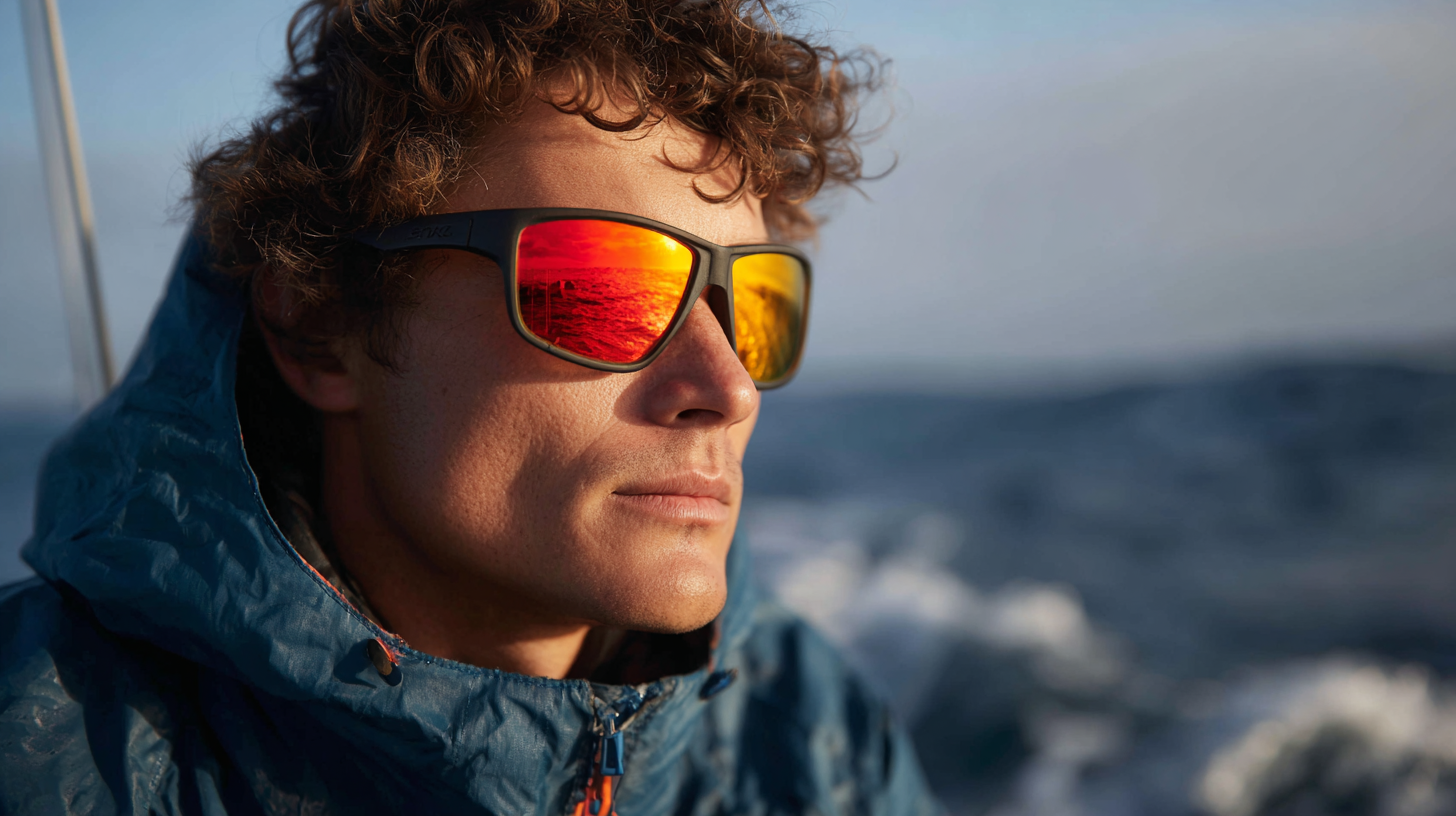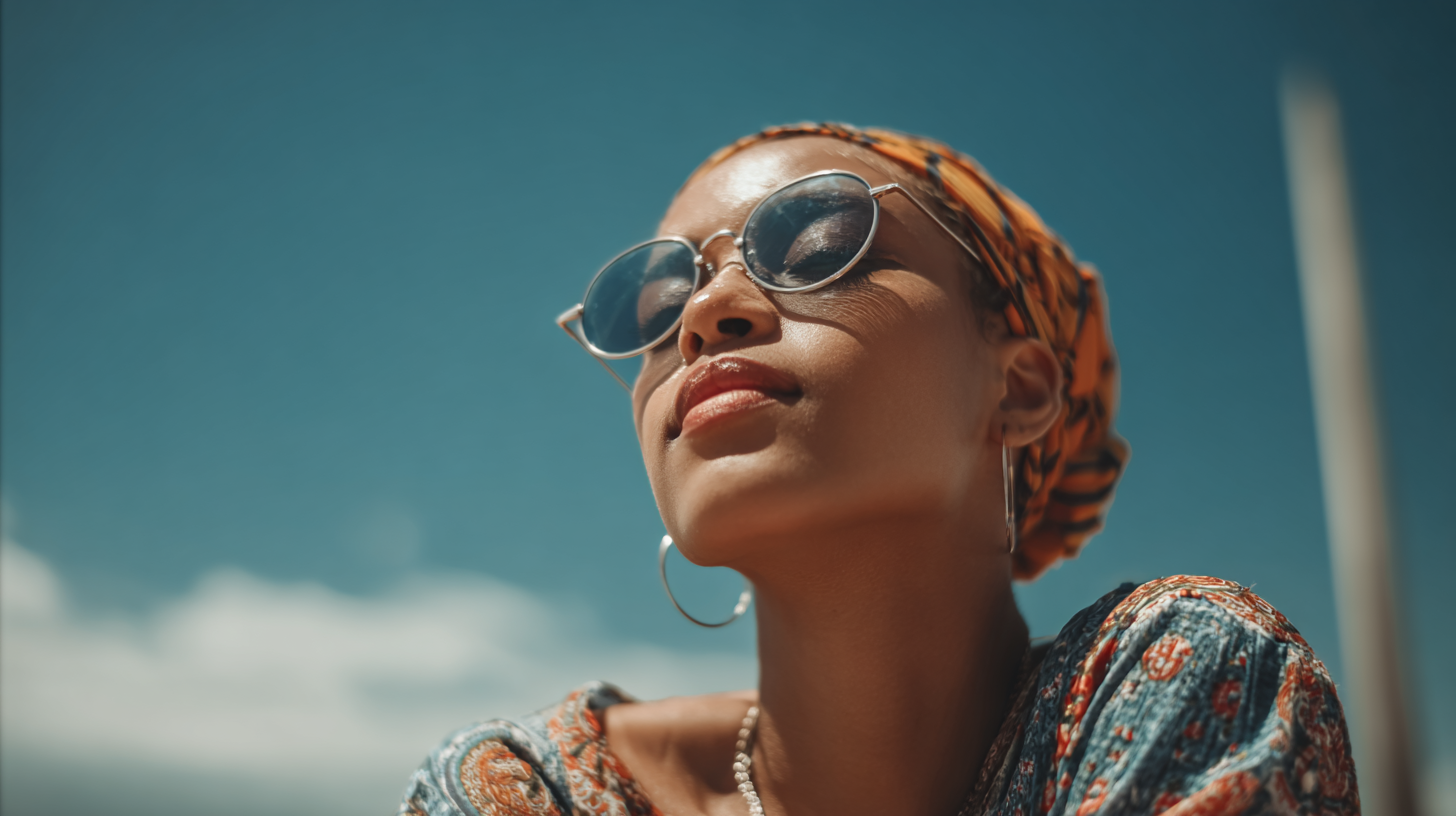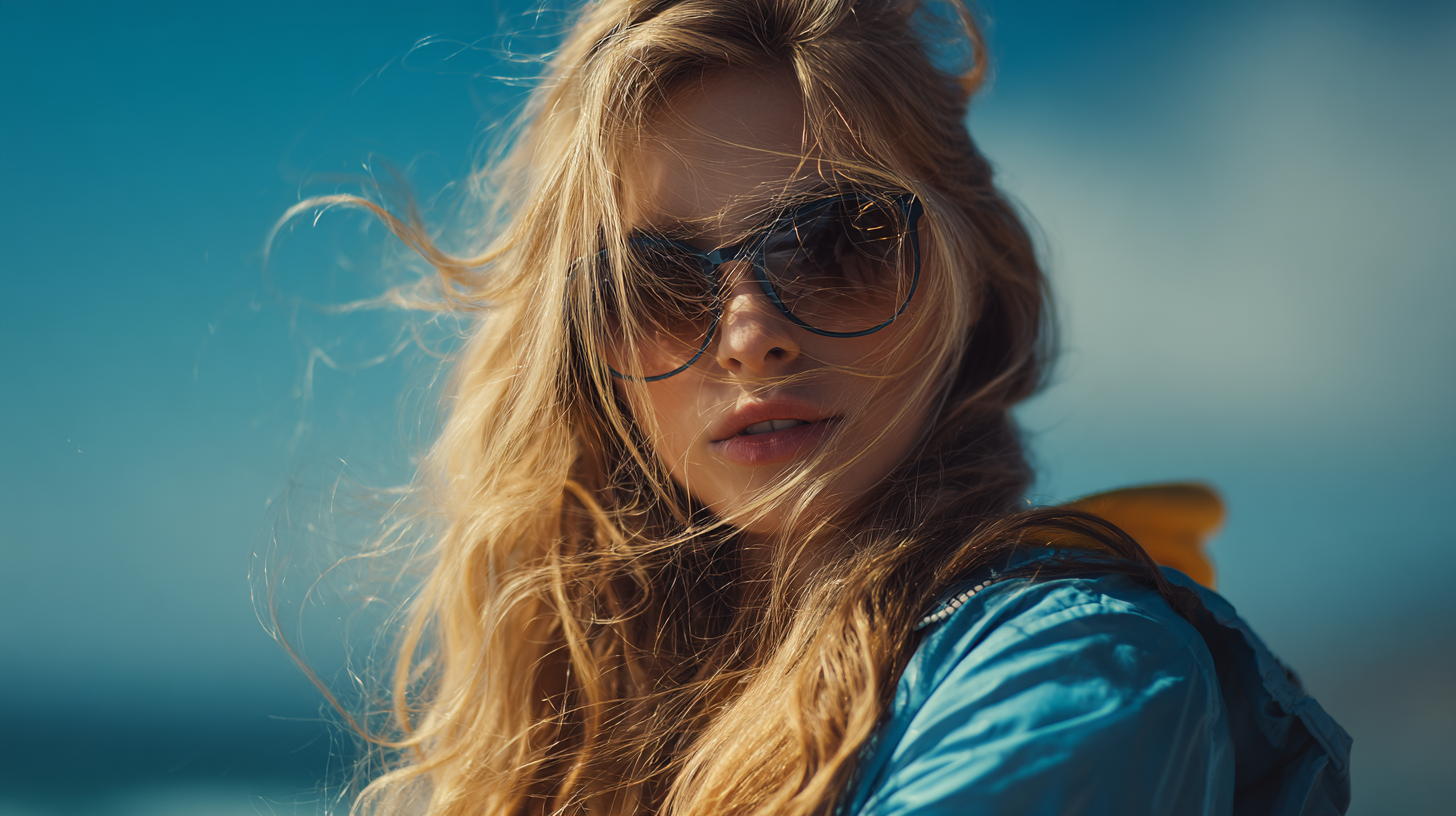As the awareness of UV radiation's harmful effects on eye health continues to grow, the demand for effective UV protection glasses has never been higher. According to the Vision Council, around 75% of adults report having experienced some level of eye exposure to UV rays, which can lead to conditions such as cataracts and macular degeneration. Recent studies also indicate that up to 90% of UV-related eye damage occurs before the age of 18, highlighting the importance of early preventive measures.

However, traditional UV protection glasses may not always meet the diverse needs of consumers, prompting the exploration of innovative alternatives. With advancements in materials and technology, there is a burgeoning market offering various styles and functions designed to provide optimal protection without compromising comfort or aesthetics. This blog aims to delve into the challenges associated with conventional UV protection glasses and to explore creative solutions that cater to a wide range of needs and lifestyles.
When searching for the ideal UV protection glasses, it's essential to consider innovative features that enhance both comfort and functionality. One of the standout advancements in eyewear technology is photochromic lenses, which adapt to changing light conditions. These lenses darken in sunlight and revert to clear indoors, providing seamless transition and effective UV protection without the need for switching between different pairs of glasses. This feature not only promotes convenience but also ensures that your eyes are shielded from harmful rays at all times.

Another remarkable innovation is anti-reflective (AR) coating, which minimizes glare from external light sources. This is particularly beneficial for outdoor enthusiasts and athletes who require clear vision in bright environments. Additionally, many modern UV protection glasses come equipped with polarized lenses. These lenses reduce glare from reflective surfaces such as water or roads, enhancing visibility and contrast while further protecting your eyes from damaging UV rays. With these cutting-edge features, consumers can find UV protection glasses that not only meet but exceed their expectations for performance and comfort.
Understanding the need for effective eye protection against harmful UV rays is essential in today's sun-drenched environment. UV radiation can lead to a range of eye issues, from cataracts to macular degeneration, making it crucial to choose eyewear that effectively blocks these harmful rays. Recent studies have highlighted the effectiveness of various sunglasses in protecting eyes from solar ultraviolet radiation, suggesting that not all sunglasses provide adequate protection. The focus should not only be on fashion but also on the UV protection rating of the lenses.
Advancements in material science are paving the way for innovative eye protection solutions beyond traditional sunglasses. For instance, new cellulose films that incorporate lutein have been developed to block ultraviolet to blue light effectively. These films demonstrate significant anti-UV capabilities, with blocking ratios that can exceed 90%, making them a promising alternative for continuous eye protection, especially for those who frequently expose their eyes to screens and bright sunlight. Understanding these innovative alternatives can help individuals make informed choices tailored to their specific needs for eye protection.
The advancements in UV protection technology have taken center stage as researchers draw comparisons between conventional UV protection methods and emerging innovations. A recent study highlighted the efficacy of various UV protections, revealing that traditional sunglasses, though widely used, may not provide adequate shielding against harmful UV rays without additional coatings or treatments. For instance, newer technologies utilizing nanomaterials could enhance UV filtering capabilities significantly, providing up to 98% protection compared to a typical 85% from conventional glasses.
Furthermore, as the industry evolves, the integration of artificial intelligence into the production of UV protective eyewear is beginning to gain traction. AI algorithms can optimize the selection of materials and design features, leading to more effective UV shields tailored to different users' needs. This highlights a shift in focus not only on the physical properties of UV protection glasses but also on understanding user behavior and environmental factors that influence exposure. By harnessing data-driven insights, manufacturers can create innovative solutions that address both functionality and style, ensuring enhanced protection for diverse applications—whether for everyday wear or specialized environments.

In today's rapidly evolving lifestyle landscape, choosing the right UV protection glasses has become essential for various activities. With increasing health consciousness and participation in fitness activities, individuals are seeking tailored solutions that cater to their unique needs. It's important to recognize that not all lenses are created equal; some are designed specifically for sports enthusiasts, while others cater to casual outdoor lovers. Exploring these innovative alternatives allows consumers to find the perfect match for their lifestyle, ensuring optimal UV protection without compromising comfort and style.
As the market for outdoor apparel expands, there is a noticeable trend towards the use of sustainable materials and advanced technology in UV protection. Recent developments highlight a growing emphasis on functional wear that not only provides effective sun shielding but also enhances performance. For instance, specific products now come equipped with cutting-edge UV-blocking technology that adapts to various environments, allowing wearers to confidently engage in outdoor activities. This fusion of style and protection addresses the diverse needs of users, ultimately redefining what it means to stay safe under the sun.
| Lens Type | UV Protection Level | Best For | Lifestyle Fit | Weight (grams) |
|---|---|---|---|---|
| Polycarbonate | 99% UV Protection | Outdoor Activities | Active Lifestyle | 30 |
| Photochromic | 100% UV Protection | Flexible Conditions | Casual/Work | 25 |
| Polarized | 99% UV Protection | Water Sports | Sports Enthusiasts | 35 |
| Reflective | 95% UV Protection | Bright Environments | Outdoor Workers | 40 |
| Tints | 90% UV Protection | Fashion | Stylish Users | 20 |
As consumers become increasingly conscious of their environmental impact, the demand for sustainable UV protection glasses has risen noticeably. According to a report from the Sustainable Eyewear Initiative, the global market for eco-friendly eyewear is projected to exceed $50 billion by 2025. This shift is driven by a growing desire for products that not only shield our eyes from harmful UV rays but also minimize environmental harm. Brands are innovating with recycled materials, such as reclaimed plastics and biobased frames, which significantly reduce the carbon footprint associated with manufacturing new materials.
Moreover, sustainable practices extend beyond materials. Many companies are now adopting circular economy principles, promoting repairability and recyclability. A study by the Environmental Protection Agency found that only about 15% of plastics were recycled in 2018, underscoring the need for more comprehensive solutions. By choosing brands that prioritize sustainability in both their materials and production processes, consumers can play a crucial role in fostering a more sustainable future while ensuring effective UV protection. The integration of eco-friendly practices not only enhances the longevity of these products but also aligns with the values of a modern, environmentally-conscious consumer base.

